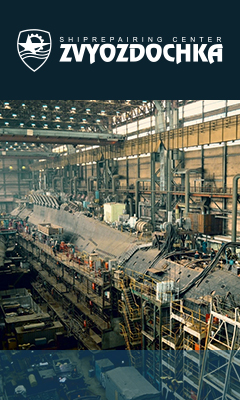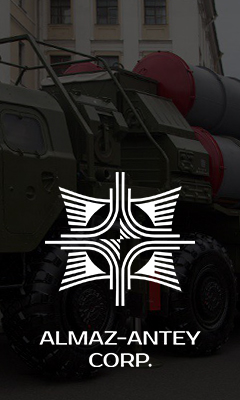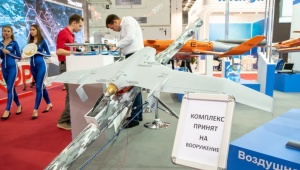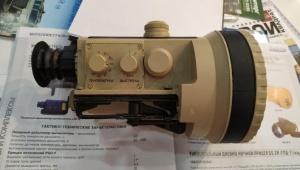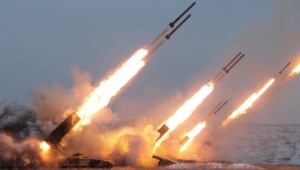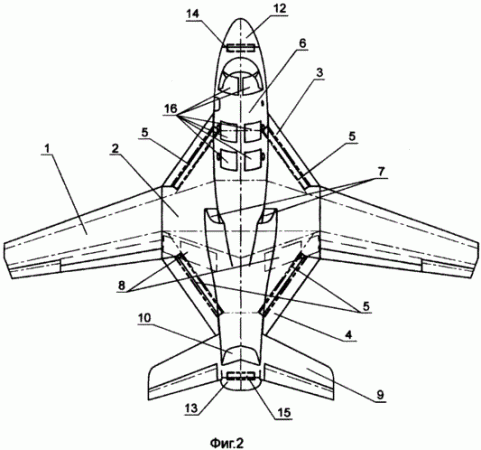
A deck/land-based low-signature aircraft equipped with round-scanning antennas
Beriev Aircraft Scientific Center
The airplane is based on the V-tailed low-wing design. The wingís central part has radar-transparent front and back edges and is narrower than wingtips.
"The wingís central part is narrow so that antennas mounted in its front and back edges ensure round scanning", state the patent docs.
According to developers, the jetís design expands the round monitoring zone limited only by antennasí characteristics, reduces radar signature, gives the unobstructed crew ejection capability and easy access to antennas.Moreover, the airplaneís configuration allows for a UAV designing. Jet engines can be equipped with afterburners for STOL or ski-jump capability.
The scientific centerís officials refused to comment the patent information, a corresponding request has been already sent to the organization.
Low-signature can be obtained by special coating or reducing of reflection surface, Vladimir Chmyrev, head designer at Belorussianís 558-th aircraft repair plant told Mil.Today.
"Speaking of electronics, low signature is a result of new, namely, broadband signals. Radiating low power, an airplane becomes low-visible, while capable to lock-on very distant targets", the expert said.Chmyrev explained that the patent registration itself does not mean active works on a new airplane: "It can be a simple intention of designers to register a scientific achievement. It will not necessarily result in anything", he concluded.
None of Soviet/Russian projects of a ship-based early warning aircraft happened to realize. The closest to that goal were Yakovlev designers who had been developing Yak-44 since 1970ís. They managed only to build an airplane model and test it on Tbilisi aircraft carrier (presently, Admiral Kuznetsov) . The project was frozen in 1993.










